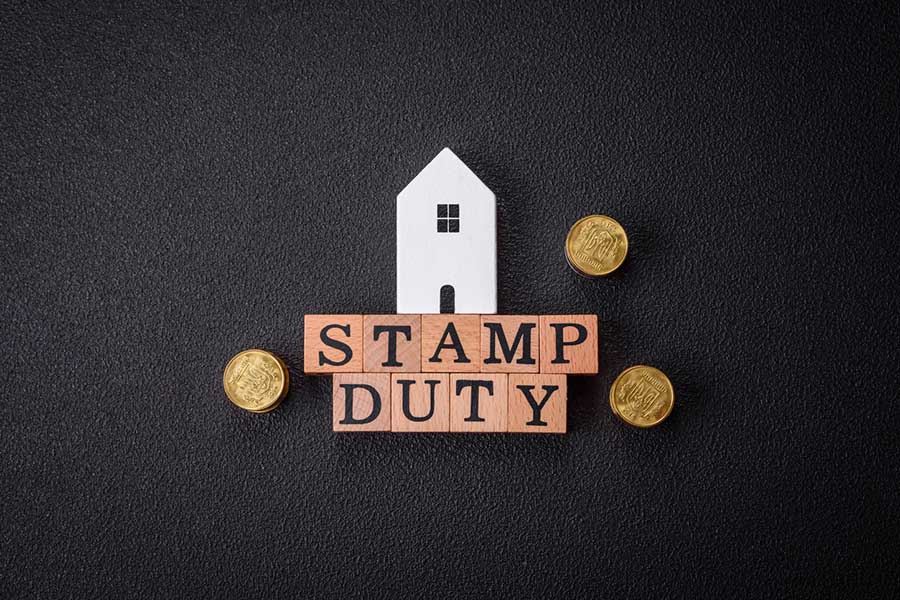Stamp duty originated in the 17th century when duty stamps could be purchased and attached to a transactional document to prove that any tax due on the transaction had been paid. Today, tax relating to the purchase of land is known as “Stamp Duty”, or, more correctly Stamp Duty Land Tax (SDLT).
For sales completing (not exchanging) on or after 1st April 2025, the concessions reducing the rate of SDLT that were introduced during the pandemic have now been withdrawn, and most of the previous rates and thresholds now apply again. So get your skates on if you’re contemplating a move this year!
There has in the past been some confusion as to whether the rate bands are applied once on the whole amount or incremental, ie escalating rates on successive portions. The latter is the case, and for the sake of clarity, the following is the banding table for most residential properties in England and Northern Ireland:
The first £125,000 – zero
Plus the next £125,000 (the portion from £125,001 to £250,000 – 2% i.e. up to £2,500)
Plus the next £675,000 (the portion from £250,001 to £925,000 – 5% i.e. up to £33,750)
Plus the next £575,000 (the portion from £925,001 to £1.5 million – 10% i.e. up to £57,500)
Plus the remaining amount (the portion above £1.5 million – 12%)
Please note that the above applies to your principal residence only. If you are buying an investment property or second home, you must add an additional 5% of the purchase in SDLT as well as an additional 2% for purchasers who are non-resident in the UK.
First time buyers do not have to pay SDLT on the first £300,000 and then pay 5% on the next £200,000.
You can find a useful SDLT calculator at http://www.hmrc.gov.uk/tools/sdlt/land-and-property.htm
The above will cover most situations in England and Wales, but there are certain exceptions and reliefs, so it’s worth taking professional advice in relation to your own specific situation. Please feel free to call us if you’d like to discuss. We’re here to help you move!




